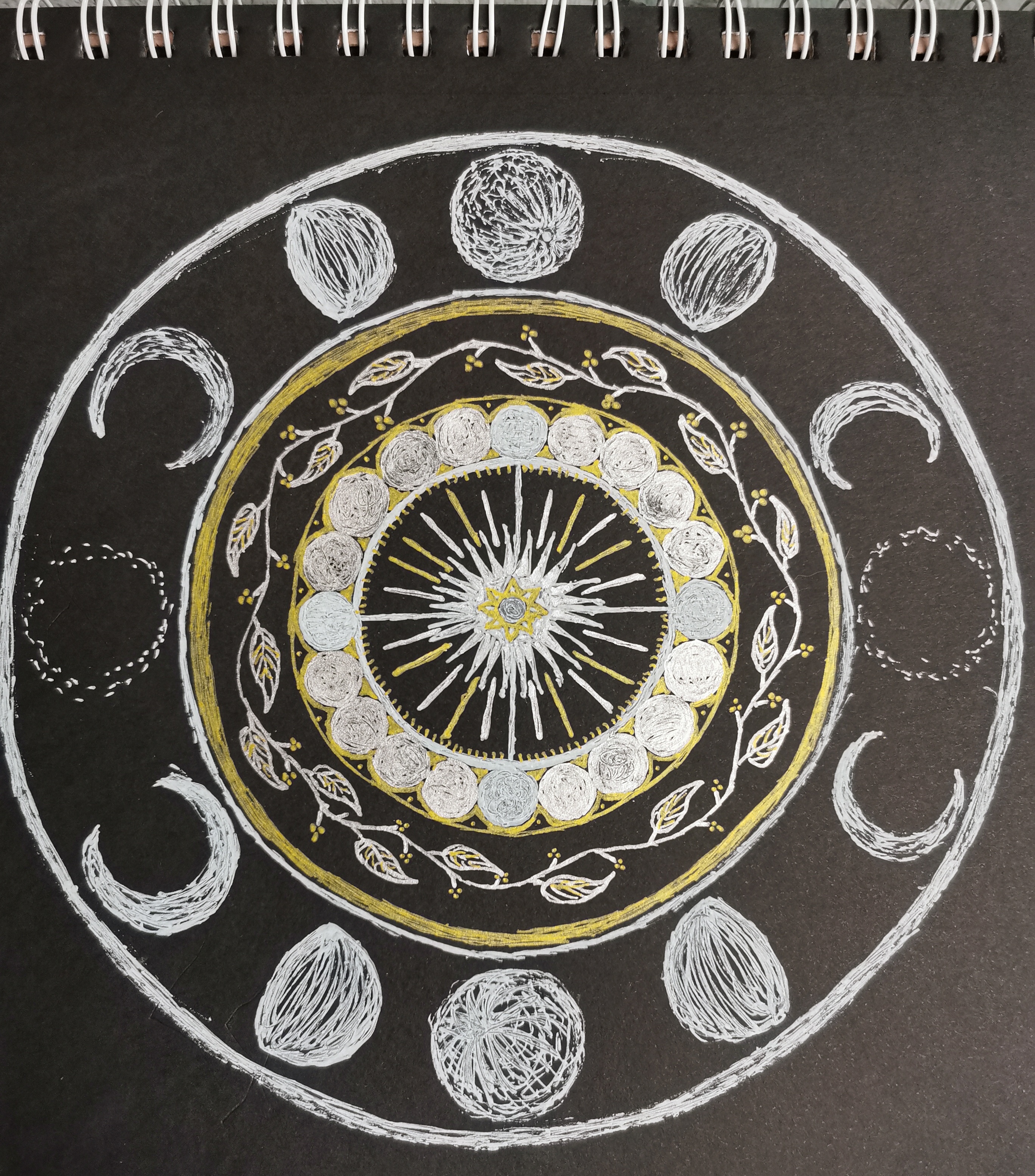Charles Lev is a Chinese medicine practitioner at Oregon Health and Science University. He graciously came to our class to talk to us about how “The path is the return.” (Lev, C. 2022, Personal Communication). More specifically Mr. Lev talked about our compasses. He explained that we each have three compasses: Head, Gut, and Heart. Like conventional compasses, magnets interfere with a North reading, emotional magnets can do the same thing. This concept of, falling off true North (emotionally) corresponds to something that is covered in Anchored: How to Befriend Your Nervous System Using Polyvagal Theory (Dana, 2021). Starting on page 10, Dana talks about the Three Elements for Well-Being. These being Context: our ability to understand “how, what, and why in order to understand, and respond to, experiences.” (Dana, 2021, pg. 11). Dana tells a story about a friend ditching on lunch plans, and at first, she was anxious that her friend was mad at her, but once she had the context thather friend was sick, she shifted or returned to a balanced state and feels concerned for her friend.
The second element of well-being is Choice. The choice to seek a balance is to find that spot where we have enough choices to manage without falling into the void of unedited options. Professor Lev also touched on Chinese Qi and how deficits and excess of certain elements affect us on an emotional level. The wood element in deficit inspires feelings of “Hopeless, Ambivalent, Indecisive, and Unfocused energies.” (Lev, C. 2022, Personal Communication). This illustrates the false North that emotional magnets can lead us to.
The third element of well-being is the connection: to your family, friends, pets, and nature. This element is pivotal to our sense of “home and safety. This is what links us to ourselves and our community. This can be shown in a deficit in the Qi element of fire: “Joyless, Flat, and shut down” (Lev, C. 2022, Personal Communication).
The ability to steady the course and stay on track is incredibly hard, especially in the global setting we find ourselves in currently. In a world where more and more people are living sedimentary lifestyles, we are experiencing, especially in Western culture, a decline in our natural ability to heal. “When our natural healing ability does not function automatically, something is terribly wrong. Our spontaneous self-healing resources have become damaged or disordered.” (Jahnke, 1999, pg. 5). The exercise that Professor. Lev showed us that jumping around, and breathing is a great way of sending positive energy through our body and just getting some exercise. Something that people, especially in Western countries could use more of because “Only about 20 percent of people manage to get even a moderate level of activity. Many get almost none at all.” (Bryson, 2019, pg. 179). While it may be comfy to sit still and do nothing, we are mobile creatures and genuinely feel better when we move and breathe deeply and feel it move through our bodies.
References
Bryson, B. (2019). Chapter 10: On the Move: Bipedalism and Exercise. In The Body: A Guide for Occupants (p. 179). essay, Doubleday.
Brink, A., Cutler, E., & Duffy, K. (2019). Chapter 9: Mini Flows, Quickies, and Ascending and Descending Flows. In The art of Jin Shin: The Japanese practice of healing with your fingertips (pp. 99–101). essay, Tiller Press.
Dana, D. (2021). Chapter 1: A Quick Look at the Principles and Elements of Polyvagal Theory. In Anchored: How to befriend your nervous system using polyvagal theory (pp. 10–12). essay, SOUNDS TRUE.
Jahnke, R. (1999). Chapter One: Our Power of Self-Healing. In The Healer Within (p. 5). essay, HarperSanFrancisco.
Lev, C. (n.d.). OHSU. Retrieved October 14, 2022, from https://www.ohsu.edu/providers/charles-rothschild-lev-lac








